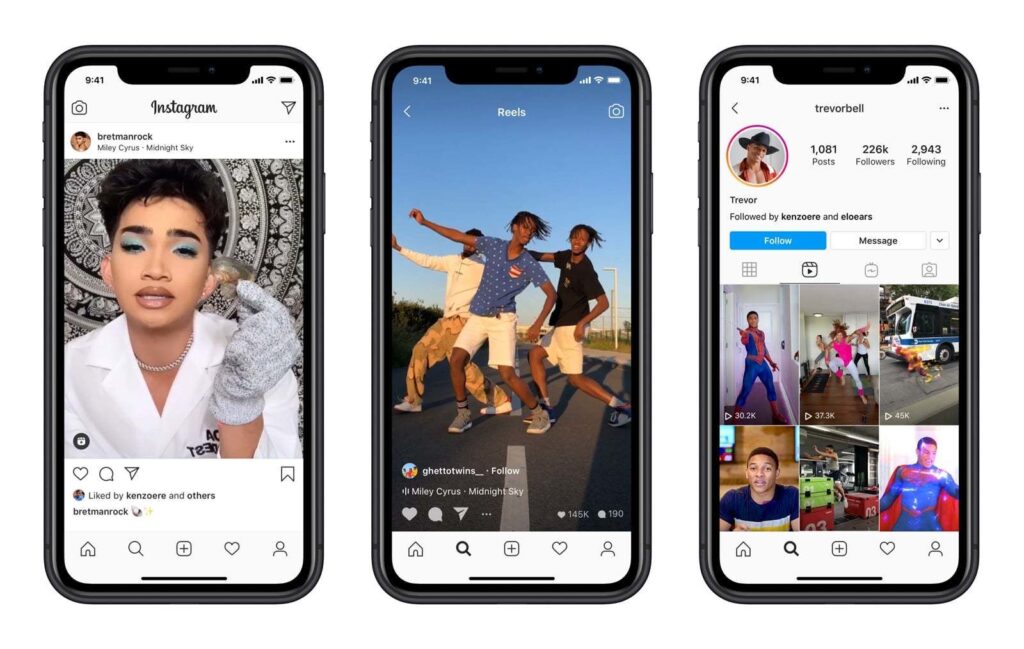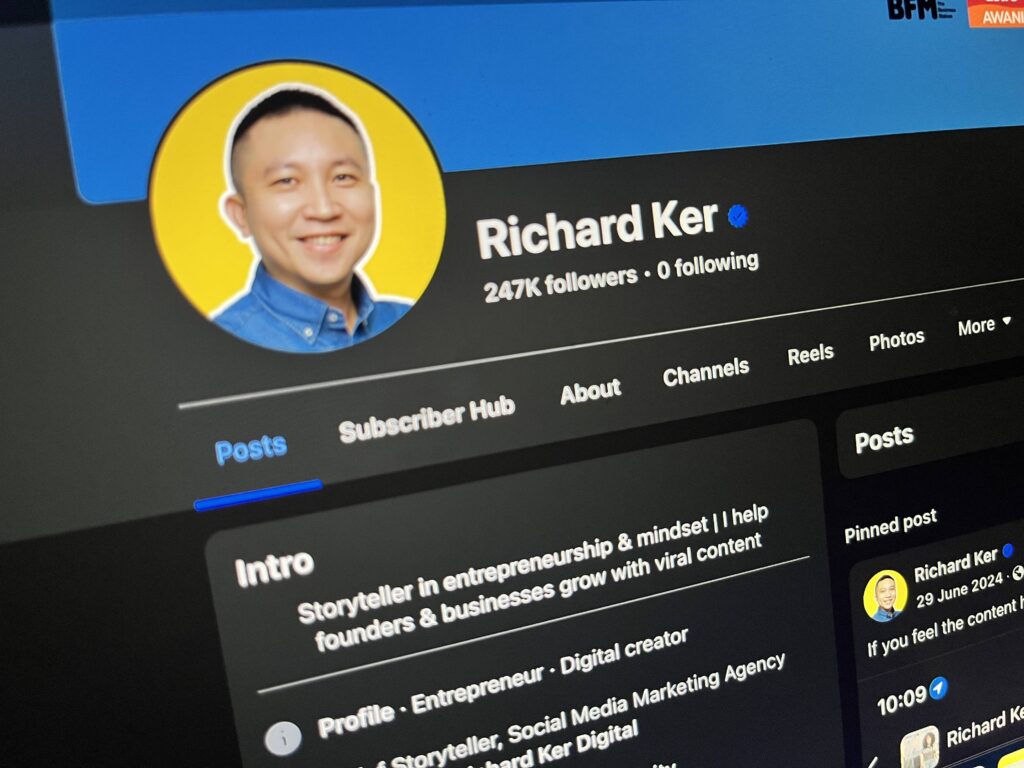The Importance of Connecting the Dots: Lessons from Steve Jobs
In the world of innovation and success, the ability to connect the dots is a valuable skill that sets apart exceptional individuals.

Connecting the dots involves drawing meaningful connections between seemingly unrelated ideas or experiences, leading to novel insights and breakthroughs.
One individual who exemplified this skill was the late Steve Jobs, co-founder of Apple Inc.
Throughout his career, Jobs demonstrated his prowess in connecting the dots, enabling him to revolutionize the technology industry.
We will explore why connecting the dots is an essential skill and dive into specific examples of how Steve Jobs utilized this skill to achieve remarkable success.
So what’s The Power of Connecting the Dots?
Connecting the dots allows us to make sense of the world around us, identify patterns, and develop innovative solutions.
It is an interdisciplinary approach that combines various knowledge domains, experiences, and ideas, fostering creativity and problem-solving.
Here are three reasons why connecting the dots is crucial:
1. Combining Knowledge
By connecting disparate pieces of information, we can combine knowledge from different fields.
This allows us to see relationships and patterns that others might overlook, leading to unique insights and ideas.
The ability to draw connections between seemingly unrelated topics empowers people to think outside the box and approach challenges from a fresh perspective.
So when Steve Jobs returned to Apple in 1997, the company was struggling.
Jobs recognized the importance of merging technology with the liberal arts, a concept that became central to Apple’s success.
He understood that technology alone would not suffice; it needed to be intuitive, aesthetically pleasing, and user-friendly.
By connecting technology with design and human-centered thinking, Jobs transformed the technology landscape.
The integration of art, design, and user experience elevated Apple’s products, making them more accessible and desirable to a broader audience.
For example, when Jobs introduced the iMac in 1998, he prioritized the product’s design, using colorful translucent plastics and a simple, elegant form.
This approach attracted consumers who were looking for more than just a functional computer.
By connecting the dots between technology and the artistic principles of design, Jobs created a product that was not only visually appealing but also user-friendly and approachable for the average person.
2. Identifying Opportunities
Connecting the dots helps us recognize opportunities that others may miss.
By combining knowledge from different industries or domains, we can identify gaps, needs that are not addressed, and potential areas for innovation.
This skill allows individuals to identify trends, anticipate market shifts, and capitalize on emerging opportunities.
Jobs had a remarkable ability to bridge the gap between technology, entertainment, and media.
When he unveiled the iPod in 2001, he leveraged his understanding of the music industry and digital technology to create a revolutionary product.
By connecting the dots between these seemingly unrelated domains, he transformed Apple from a computer company to a leader in the music industry.
This groundbreaking innovation paved the way for subsequent successes like the iPhone and iPad.
Through the shift in the landscape of the music industry and the emergence of digital music, Jobs saw an opportunity to create a device that would revolutionize the way people listened to music.
By connecting the dots between technology and entertainment, he created a device that could store and play thousands of songs in a compact and portable format.
The iPod’s intuitive design, combined with the iTunes software, offered a holistic solution for managing and enjoying digital music.
Jobs successfully bridged the gap between different industries, changing the way we consume media and setting the stage for future advancements in the mobile industry.
3. Innovating and Problem-Solving
Connecting the dots is an integral part of the innovation process.
By combining diverse knowledge and experiences, individuals can generate new ideas, products, and solutions.
It enables them to solve complex problems by leveraging insights from various disciplines.
Steve Jobs was known for his relentless pursuit of simplicity and elegance in product design.
When developing the iPhone, Jobs connected the dots between technology, design, and user experience to create a game-changing device.

He understood that smartphones at that time were cluttered with buttons and complex interfaces, making them intimidating for many users.
By connecting the dots, Jobs envisioned a revolutionary device with a simple, touch-based interface that would make smartphones accessible to a wider audience.
The iPhone’s success was a result of Jobs’ ability to connect the dots between hardware, software, and user experience.
He recognized that the phone was not just a communication device but a portable computing platform.
By integrating features like the multi-touch display, the App Store, and a sleek design, Jobs revolutionized the mobile industry and set a new standard for smartphones.
So how does this relate to your life and career?
I will give you an example of how I transitioned my career from engineering to marketing.
I studied my diploma in multimedia engineering. Multimedia was a buzz word in the 90s.
That gave me the opportunity to learn the engineering and science behind software and applications.
And then later on I completed my degree in electronics engineering.
But my passion has always been IT.
Even during high school, I spent a lot of time online, learning how to build website, putting content together and more.
When I was studying my diploma, I worked part time at Domino’s Pizza as a call centre representative and was paid RM4.50 per hour.
At university, I learned digital photography. I didn’t go deep with this knowledge, but I know enough what good photography is all about.
After graduation, I spent 10 years working and living in China.
I build my skills and experience working in various industries including education, sports, travel, records management and IT.
I also developed my entrepreneurship skills by running a one-person business while in China.
There I enhanced my customer service skills, content creation, digital marketing and problem solving.
Upon returning to Malaysia, I worked at two government owned companies and a tech company.
I also took time to build my personal branding which grew exponentially last year.
By June 2022, I decided to quit corporate and started my own creative marketing agency.
Those are the dots that helped to build the path of my life and career.
It was about combining your knowledge, experience, personality, identity, network, audience and stories to offer solutions that are valuable for the world.
It takes time, a lot of effort but the journey has been great.
And I know there will be more challenges ahead.
The conclusion is connecting the dots is a skill that empowers people to combine knowledge, identify opportunities, and innovate.
Steve Jobs’ remarkable success can be attributed, in part, to his ability to connect the dots in various contexts, leading to groundbreaking products and industry disruptions.
By merging technology with liberal arts, bridging gaps between different industries, and leveraging diverse insights, Jobs transformed Apple into one of the most influential companies in the world.
Developing the skill of connecting the dots can unlock new possibilities and open doors to innovation and success.
If we embrace interdisciplinary thinking, drawing connections between seemingly unrelated ideas, and thinking holistically, we can cultivate our own ability to connect the dots and make meaningful contributions in our chosen fields.
As we navigate an increasingly complex and interconnected world, connecting the dots will become even more important.


